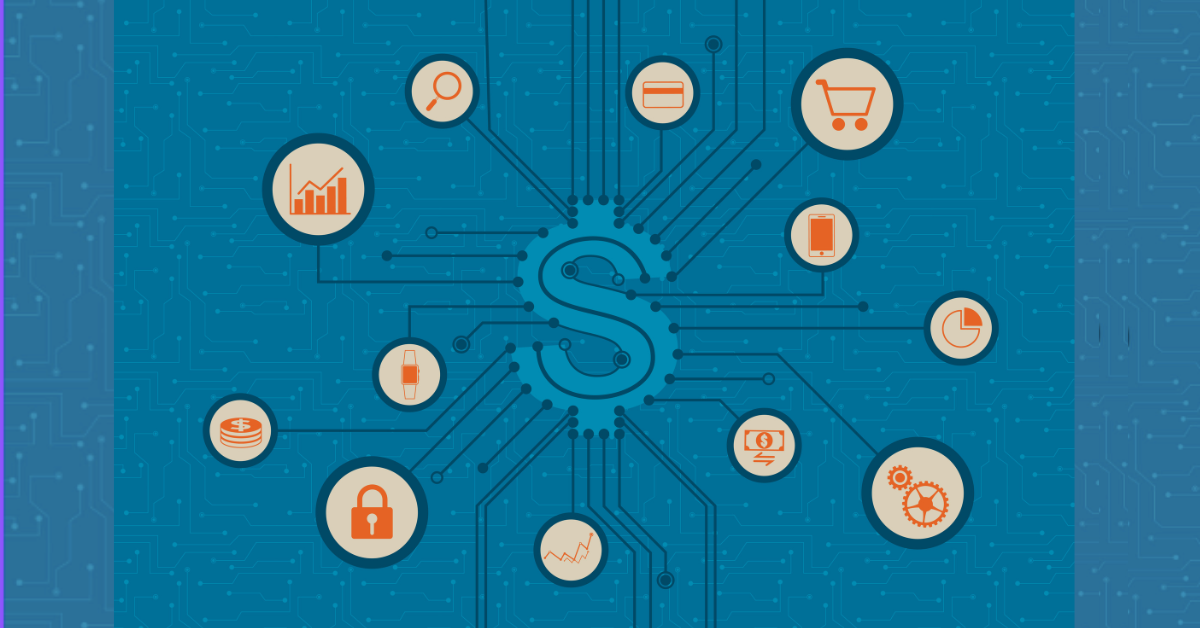The RBI Account Aggregator framework allows customers to share information with their financial service providers while giving them significant control over their data
It can democratise data by bridging the gap between financial information providers (FIPs) and users (FIUs) via a robustly managed customer consent design that prioritises customer interest
As more users join the AA ecosystem, new customer use cases for instant products and services will emerge
Every business aspires to be a data-driven business. Across industries, the majority of market differentiators are defined by how they use the information available to them. Interconnected digital technologies enable the combining of data from multiple sources for efficient and ROI-driving outcomes.
Over time, consumers’ expectations of convenience, speed, safety, and security have changed across all industries. This has been the case, particularly in the financial services sector. Consumer expectations for convenience, speed, safety and security have changed across all industries. This has been a direct result of cutting-edge technologies and fierce competition from on-demand aggregators and marketplaces. This is especially true in the financial services sector.
The Account Aggregator Ecosystem
Account aggregation, also known as financial data aggregation, involves compiling financial information from multiple sources into one place. Going beyond traditional credit rating agencies’ assets such as loans and credit cards, it also collects data from cash flow and investments-based inputs. This includes income from multiple sources, expenses, invoices, receipts, deposits, equity investments, tax returns and more.
The RBI Account Aggregator (AA) framework allows customers to seamlessly share information with their financial service providers. All the while, it gives the customer significant control, allowing them to share only what they need and for as long as they want.
It’s a progressive step forward to help customers gain control over and benefit from the use of their data. Think about all the frustrating experiences you’ve had to share your bank statements and other documents with your banks or service providers to apply for a loan or brokerage account. The AA framework makes it easier!
Bridging The Financial Literacy Gap
Formal financial systems have provided people access to robust financial solutions for decades. Various programs have helped bring hundreds of millions of unbanked people into the financial system. However, there is still a sizable pool of underserved and underbanked customers.
Most financial services professionals would agree that it is simple to provide financial services products to customers who are already included. They have a credit history or some recognisable savings/current accounts, investments, and more. However, there are two additional issues to consider: first, how to serve the traditionally underserved, and second, how to do so in an economically viable manner.
One of the bottlenecks to the inclusive financial services ecosystem is the availability of reliable information at a low cost. The AA Framework has the potential to democratise this data highway by bridging the gap between financial information providers (FIPs) and users (FIUs) via a robustly managed customer consent design that prioritises customer interest.
The AA framework is expected to bring significant efficiency benefits as well as the opportunity to propel the country’s financial inclusion agenda. It will have an impact on the credit distribution rails as well as improve the ability to assess and underwrite new to credit (NTC) and underbanked customers. Similar to how UPI built the future payment rails, there is a growing belief that AA will build the future UDI – Universal Data Interface.
The Framework
The process through which banks and NBFCs make credit available to borrowers is governed by several factors — from regulation to identity verification to credit risk assessment, and more. A critical component is the borrower’s credit history. As a result, securing affordable credit from the conventional banking system is difficult for first-time borrowers or borrowers of personal loans with little to no financial history.
The account aggregator framework can help establish the trustworthiness as well as repayment capacity of such borrowers through well-established data sources that lenders trust. Today, the industry relies on bank statements to understand a new borrower’s income profile. The process is slow and prone to errors. AA’s primary benefit is to bring trustworthy and relevant data to specific business outcomes and use-cases.
Underserved Customer In The Credit Landscape
According to a new worldwide TransUnion report, “Empowering Credit Inclusion: A Deeper Perspective on Credit Underserved and Unserved Consumers,” more than 160 Mn adult Indian consumers lacked adequate credit access in 2021. Of the country’s 81.4 Mn credit-eligible people, 40.8 Mn (almost half) were credit-unserved, while 16.4 Mn (nearly a quarter) were credit-underserved.
However, according to the TransUnion CIBIL study, credit-served clients increased significantly from 91 Mn in 2017 to 179 Mn in 2021. As a result, the expected credit service levels have risen from 12% to 22% of the adult population. This merits a rethink — is this level of inclusion enough? Is this pace of inclusion fast enough in the age of the information economy?
What credit bureaus have delivered to the industry is a data baseline that the participants have come to trust and depend on. AA aims to replicate and further that promise through the most comprehensive data rail in the world.
Coping With The Challenges Leading To Low Financial Literacy
As financial products become more sophisticated and people bear a greater share of the responsibility and risk for financial decisions, financial education is critical to providing adequate levels of investor and consumer protection. Financial literacy is becoming an increasingly important pillar in the development of India’s financial system.
Over the last decade, technological and economic advancements have introduced innovative products. However, most products are first designed by and for top-tier customers. For the Account Aggregator initiative to be successful, it is critical to connect customers’ financial literacy to the AA agenda through UI/UX interventions that aim to educate and enable at the same time.
Improved financial literacy can help customers in evaluating their options and understanding the consequences of various financial actions by providing them with the necessary information, core knowledge, and skills.
Role Of AA To Help The Underserved Customers
According to McKinsey, despite the spread of urbanisation, India’s rural population will account for 63% of the total market share by 2025. Rural India is becoming more familiar with digital payment methods as mobile and internet access spreads throughout the country. Several governments and private initiatives have raised awareness of and interest in digital banking and payment solutions, even in rural areas.
AA services, embedded within existing user experiences, will allow institutions to offer credit facilities to this untapped pool.
The Way Forward
Financial Information Users (FIUs) anticipate that AA will make the credit risk assessment process more accessible, cost-effective, and timely. A user-friendly dashboard, one digital framework, sharing of data with user approval, easy controls, and data security are some ways this framework can benefit individuals and small business owners.
As more users join the Account Aggregator ecosystem, new customer use cases for instant products and services will emerge. Micro, Small, and Medium-Sized Enterprises (MSMEs) looking for loans to expand their businesses and improve their operating cycles will benefit as their digital payments and account relationships are exposed to a competing set of financial service providers vying for their business.










